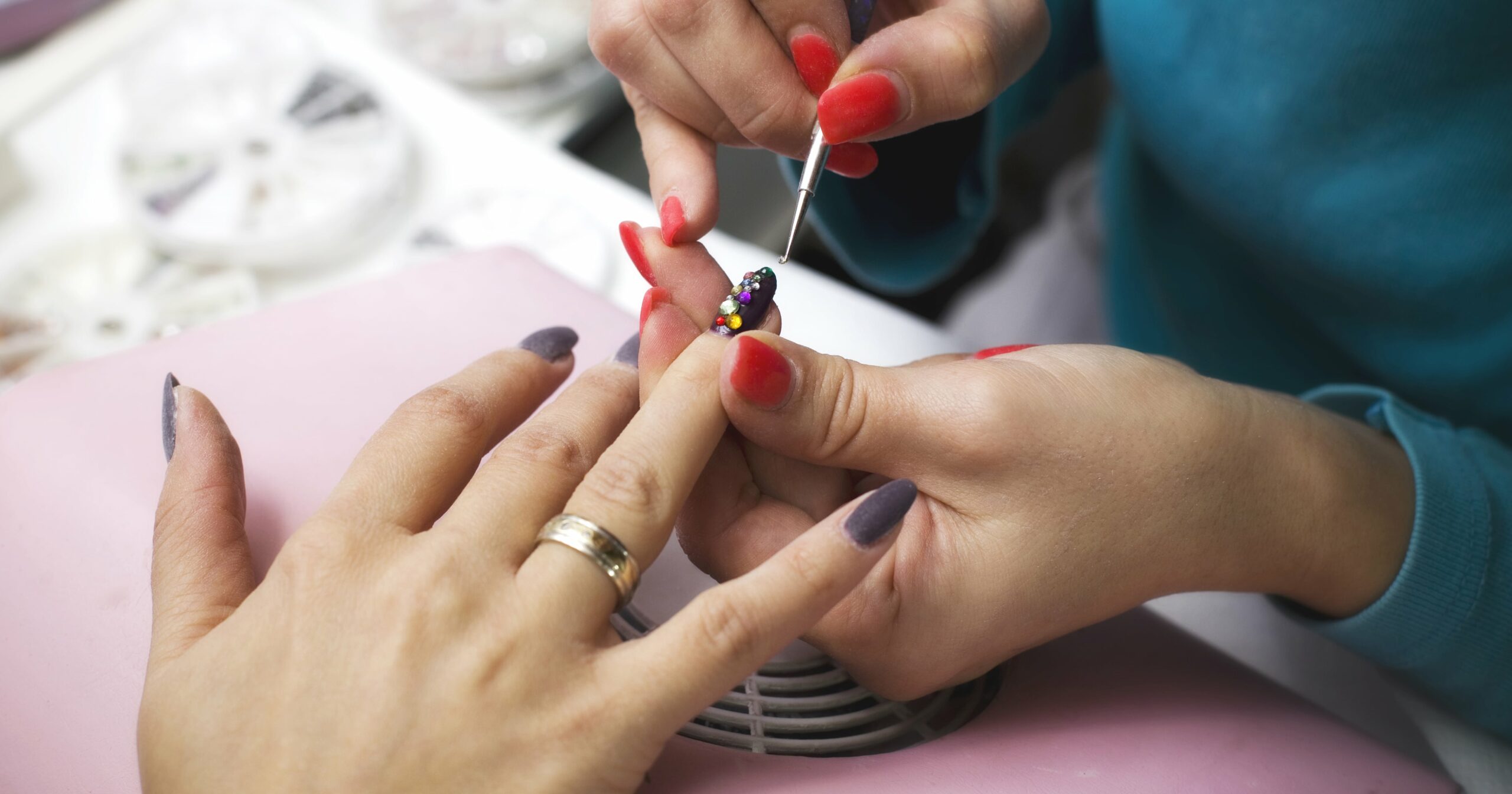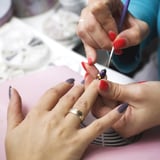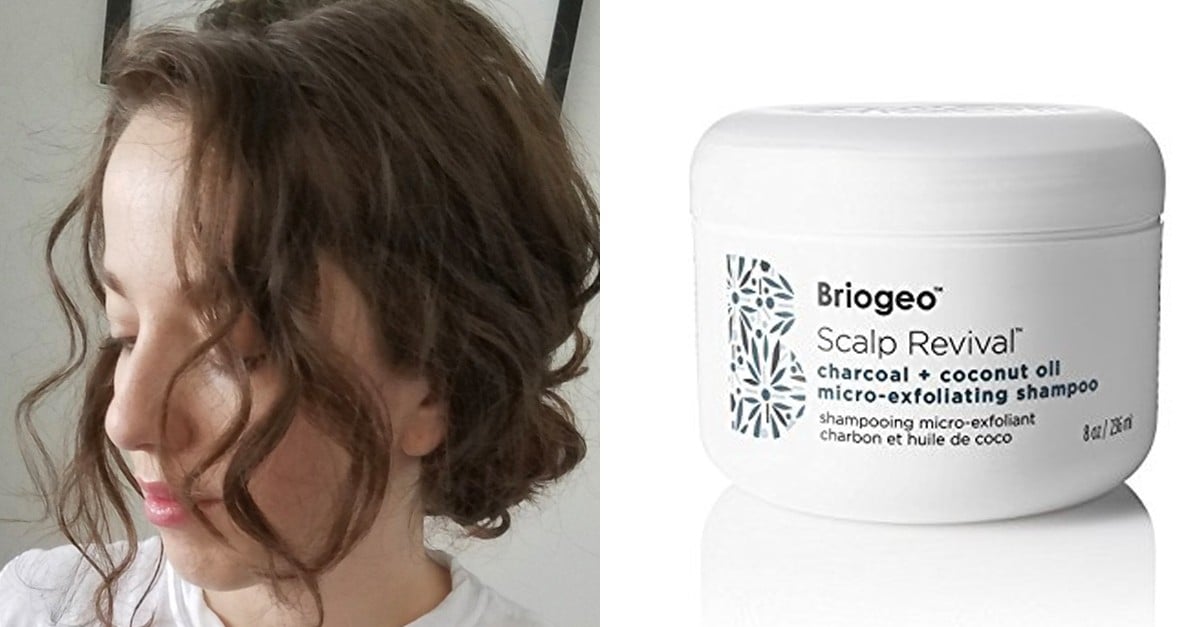Image Source: Getty
If you, like thousands of other nail enthusiasts, get a lot of nails inspiration from social media, then it’s likely you’ve come across a post warning you of the dangers of using MMA, or methyl aethacrylate, in your manicures.
“They’re no good for your nails long-term,” one TikTok user said. “It’s very illegal,” said another. Still, it is highly likely that you’ll encounter the use of MMA at your local nail salon despite the ingredient’s bad reputation. But what exactly is MMA and why is it still being used? “The primary reason is that it’s inexpensive,” Mazz Hanna, CEO of Nailing Hollywood, tells POPSUGAR. “However, the cost of using MMA can far outweigh its benefits.”
MMA can have some serious adverse effects both for the wearer and nail technician when used. Ahead, experts explain exactly what it is, how you can tell if it’s in your nail products, and alternatives to use instead.
What Is MMA in Acrylic?
“MMA is methyl aethacrylate, a chemical compound that was banned by the FDA in the 1970s for use in nail enhancements due to its potential health hazards,” Hanna says. Celebrity manicurist Julie Kandalec adds, “It’s an ingredient commonly found in acrylic liquids, called monomer.”
Why Is MMA Dangerous?
The ingredient is harmful for a number of reasons – some of which can lead to permanent damage. “MMA can cause allergies, also known as contact dermatitis, which can be long-lasting and prevent you from being able to wear any enhancements for many years,” Kandalec says. “It’s also too hard, so the natural nail beneath it can’t flex and move with the enhancement. Therefore, if your finger gets bumped, there’s no flexibility, and your natural nail can become permanently damaged or fall off.”
You also need to be careful not to breathe in this ingredient. “MMA vapors can irritate the respiratory system and may lead to allergic reactions or skin sensitivities in both nail technicians and clients,” Hanna says.
@nailsbydime__ EMA VS MMA‼️ There are two types of monomer liquid that is used in acrylic nails application- MMA (methyl Methacrylate) and EMA (Ethyl Methacrylate). MMA was banned by the FDA in the 70s but its still widely used due to how cheap it is. However, the damage it leaves is a bigger price to pay. EMA however is much safer and doesn’t damage the nail plate with proper usage. Make sure you have access to all ingredients and the MSDS to any monomer you use! Grab our very popular EMA monomer from @Dime Nail Supply 💗 #nailtipsandtricks #fyp #757nailsupplies
How to Tell If MMA Is in Nail Products
One of the easiest ways to check if there is MMA in your acrylic or nail supplies is to check the ingredient list of your products. It should not be listed as an ingredient in any reputable acrylic nail product. A few additional tips include:
- Smelling a very harsh odor when applying and filing your acrylic nails – some people say it smells like cat urine.
- Your monomer is extremely cheap (especially in comparison to reputable nail brands).
- MMA will not be completely clear but instead a cloudy white or pink.
Alternatives to MMA Nail Products
Look to advanced acrylic systems as alternatives to MMA products. “EMA stands for Ethyl Methacrylate,” Kandalec says. “It’s the safer liquid ingredient used in acrylic nails.” Still, if you don’t like the idea of acrylic nails at all, AcryGel is another alternative to consider. It is similar to a quintessential gel nail polish formula but in a thicker consistency, like acrylic. It also comes in either a tube or a pot for easy dispensing.
” Gel nail extensions and builder gel systems are also popular alternatives to traditional acrylics,” Hanna says. “They can provide longer lengths and an extra layer of strength to the natural nail without the harsh chemicals.”
It may be hard to speak up for yourself in a nail salon (trust us, we’ve been there), but you should always make sure that the products being used for your manicure are MMA-free. “By law in most states, nail professionals should have a book with all product ingredient lists and Material Safety Data Sheets (or MSDS) on hand to allow clients to make informed choices about the products they use,” Hanna says. This means that you should be able to access the information with zero trouble at all. If you receive any pushback, don’t be afraid to leave. As with any beauty service, it’s always better to be safe than sorry.



